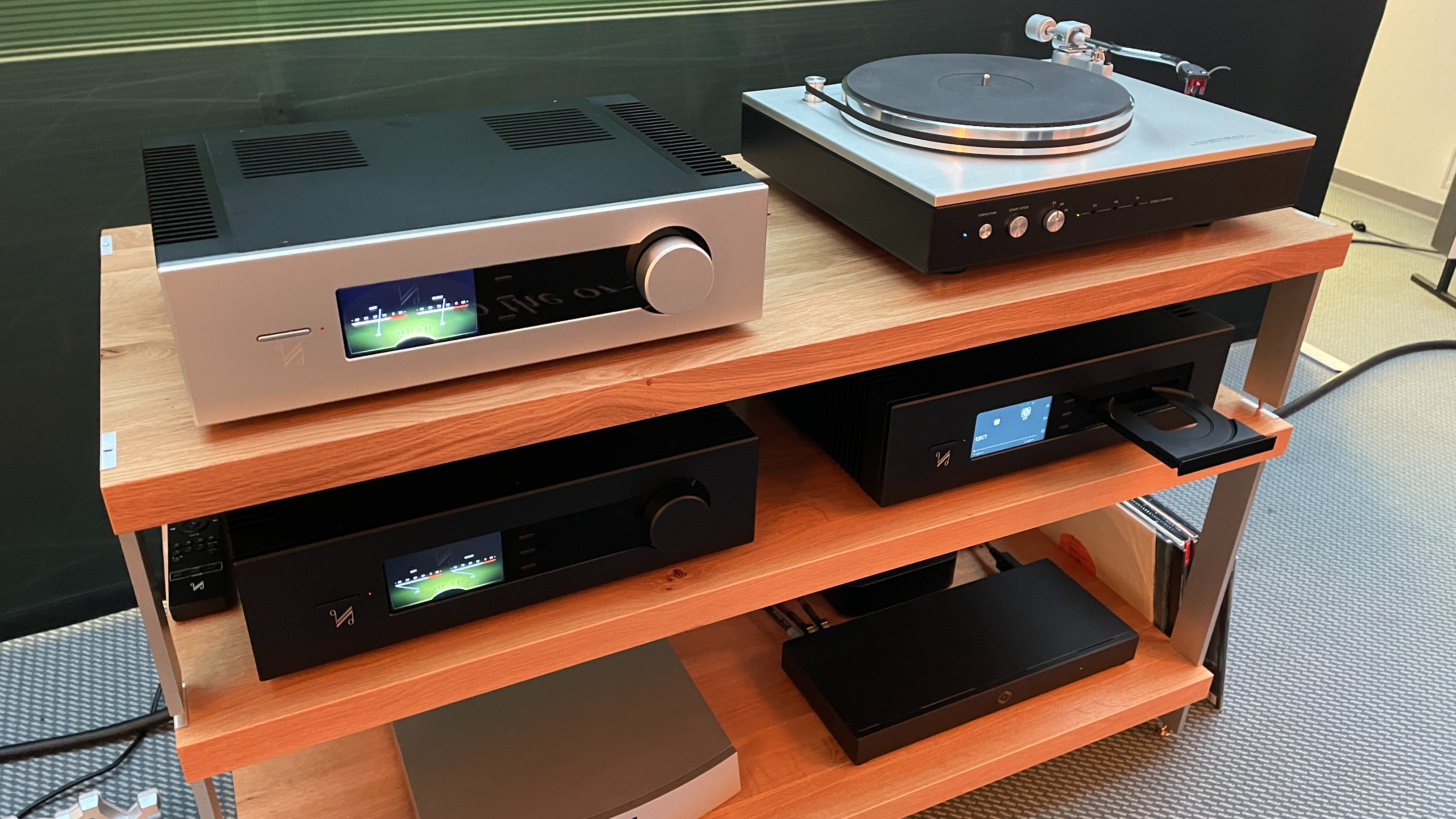
We’ve all been there: you power up your system and settle down to listen to your latest vinyl purchase or the new album that has just dropped on Tidal, only to realise that something isn’t right; something doesn’t sound right at all. Alarm bells start ringing in your head and banknotes flash before your eyes as your first thought turns to how costly repairs might be.
But a fault with your system might not necessarily require returning it all to the retail store/manufacturer or – worse – a trip to the local repairman if your warranty is up. Before you throw up your arms and wail “why me!” in an outburst worthy of an Emmy Daytime Award, there are things you can check yourself that should diagnose where the problem is coming from and could even help you fix the fault.
Follow these three simple steps and chances are you can resolve most issues…
1. Check speaker cabling
If sound is coming out of only one speaker (channel), check the speaker cabling – especially at the speaker end as, even if you are careful never to tug at or trip over your neat and tidy (of course) cabling, the vibration of the cabinets over time is all it can take to simply shake a connection loose. If that is all proper and correct, turn your amplifier off and check the speaker cable connections at the electronics ends. All dandy?
2. Speaker issue? Listen and swap
Once you have looked to see that the cones are all still perfectly attached to their surrounds (if they aren't, there's your problem!), play something quietly while putting your ear close to each speaker drive unit, in turn, to check each one individually. If one sounds particularly distorted and buzzy, it could be a voice coil or blown cone issue. If they all seem to be OK, it may well be another internal component failure.
Try swapping the speakers over and seeing if the fault moves to the other channel. For example, if the left channel doesn’t play as it should through the left speaker, swap the right speaker to the left channel (and vice versa). If the left channel works through the right speaker, the problem probably lies with the left speaker. However, if the fault still occurs with the swap, you know the problem isn’t in the speaker but further up the chain. So, continuing with this process of elimination…
3. Replace amp/source interconnects
A failure of source or amp could be what’s to blame, but first you should rule out another cable issue. The components may be connected properly as far as you can tell, but there may also be a broken solder joint in the interconnect cable between them. Replace it with a spare that you know works (or one owned by a mate who owes you a favour) and see how that plays out.
If the system does work with the replacement interconnects, your original cables are at fault and, unless they are very pricey, you should count your lucky stars that the fault isn’t in a more expensive component of your system. In this situation, reconnect the source to the amp with your original (faulty) interconnect, then try again with the cables swapped over – i.e. the right output of the source to the amp's left channel and vice versa. If the problem swaps channels, it is likely that a solder joint inside that plug has failed. An easy and quick fix for a technician, or perhaps yourself if you are confident with a soldering iron.
If the system still doesn’t work with the replacement interconnects, however, try another source on the same amplifier input. That way you know that if the sonic fault goes, the problem is with your source. If the problem remains, it's likely to be an amp problem, such as a blown output-stage fuse. Unfortunately, this would mean repair time.
A word of caution against DIY desperation
There’s a difference between being able to spot and fix a soldering issue and being able to replace or fix something in an electronics component, though, so we would urge caution about opening up a chassis to check for problems. Get it wrong and you could cause further damage – not just to your component and ego, but also to your physical self. After all, connected mains-powered components have lethal voltages inside even when turned off!
Opening up something might also invalidate a warranty or hinder an official repair if it comes to it, too; so, at the very least, always check the former with the manufacturer before searching for your toolbox. You never know, the manual may throw up a suggestion, or detail a specific replaceable component.
While you may be able to find and even fix a minor problem using the steps above, there are, sadly, times when only expert help will do.
MORE:
How to build the perfect hi-fi system
I wish it wasn’t true, but the small things matter when you're building a hi-fi system
The most important component in your system isn’t what you think it is







